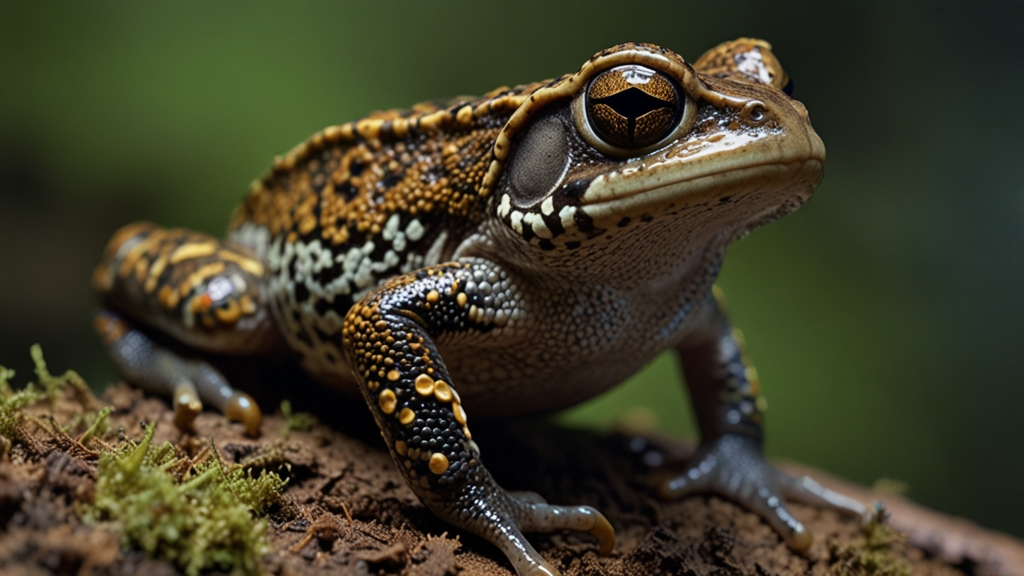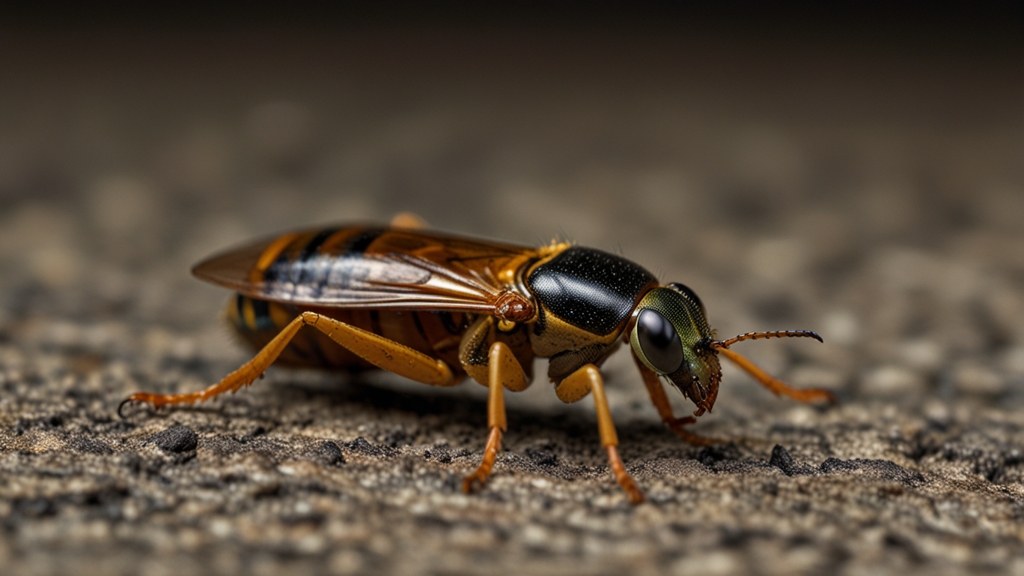Meet the Incredible Amphibians That Can Regenerate Their Limbs
Nature is full of wonders, but few are as remarkable as the ability of some amphibians to regenerate lost limbs. This incredible feat not only showcases the marvels of evolution but also holds significant potential for medical science. Most notably, salamanders and newts stand out as evolutionary champions in the world of regeneration, capturing the attention of scientists and nature enthusiasts alike.
The Marvel of Salamanders
Salamanders, especially axolotls, are the most famous amphibians known for their regenerative abilities. These fascinating creatures can effortlessly regenerate not only their limbs but also parts of their heart, spinal cord, tail, and even portions of their brain. This feat is achieved through a process that begins almost immediately after an injury.
“The salamander is the closest thing that we have to a living, breathing model organism for limb regeneration,” says Dr. Susan Bryant, a developmental biologist specializing in regeneration research.
Salamanders have specialized cells known as blastemal cells that gather at the site of the injury. These cells are somewhat similar to stem cells in their ability to transform into various types of tissues, such as muscle, bone, and skin. The blastema grows, and within weeks, the missing limb is fully restored with proper functionality.
Newts: Another Regenerative Powerhouse
Newts, a group within the salamander family, also exhibit extraordinary regenerative abilities. Newts can regenerate their limbs, eyes, hearts, intestines, and upper and lower jaws. Remarkably, newts do not lose this ability as they age, unlike most other animals, who experience diminished regenerative capacity over time.
“Newts defy conventional biological limitations, offering hope for unlocking regenerative mechanisms in humans,” notes Dr. Nadia Rosenthal, a leading expert in regenerative medicine.
The regeneration process in newts, like in salamanders, involves the formation of a blastema at the wound site. However, newts also exhibit a unique ability to dedifferentiate mature cells back into a more primitive, stem-cell-like state, allowing them to contribute to tissue regeneration actively.
Implications for Human Medicine
The study of limb regeneration in amphibians has far-reaching implications for human medicine. If scientists can understand and replicate the mechanisms behind this process, it could lead to groundbreaking treatments for injuries, organ failure, and degenerative diseases in humans.
Current research focuses on identifying the genes and molecular pathways involved in the regeneration process. The goal is to find ways to activate or mimic these mechanisms in humans. While significant progress has been made, there is still much to learn before limb regeneration in humans moves from science fiction to reality.
“Amphibians give us a blueprint for regeneration. The challenge lies in translating this blueprint into practical medical treatments,” emphasizes Dr. Elly Tanaka, a prominent researcher in the field of regenerative biology.
The Future of Regeneration Research
As researchers continue to unravel the mysteries of amphibian limb regeneration, hope remains high for future medical breakthroughs. The insights gained from studying salamanders and newts could lead to innovative approaches to healing and recovery, bringing renewed life to those who have suffered catastrophic injuries or debilitating diseases.
For the time being, these incredible amphibians remind us of the untapped potential within the natural world and inspire a sense of wonder and possibility for what the future might hold. Through understanding and harnessing the principles of regeneration, science may one day unlock the secret to regrowing lost limbs, profoundly impacting the quality of human life.
Conclusion
The ability of amphibians to regenerate limbs is nothing short of extraordinary. Salamanders and newts, in particular, demonstrate the vast possibilities of nature's ingenuity. Their regenerative prowess not only deepens our appreciation for the complexity of life but also paves the way for revolutionary advances in medical science. By studying these remarkable creatures, scientists hope to translate their regenerative abilities into therapies that could one day benefit humanity, offering hope and healing to countless individuals worldwide.






